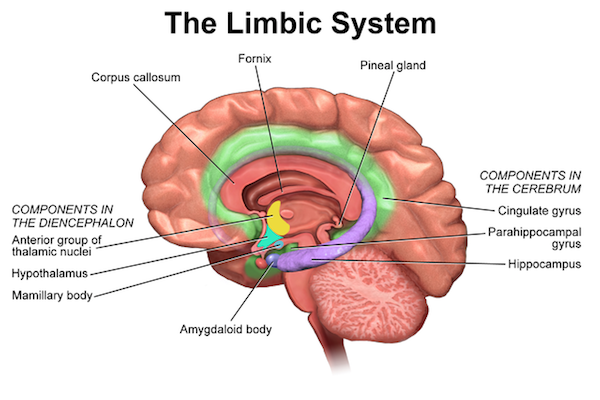Resilient people know that no one is safe from suffering, from adversity. They understand that when these moments of darkness and despair appear, we have two options: let ourselves be overtaken or overlaid, to struggle with all possible strategies, because life is wonderful if you are not afraid.
You would like to know that the term resilience actually comes from the field of physics, refers to the quality of some materials to resist pressure and flexibly to return to the original form, however, resilience, applied to psychology, presents another more interesting existential. dynamic: to make us grow.
- When faced with pain.
- You understand that protecting yourself with armor will not always work: this can be your own cage.
- It is better to face our enemy in the melee to understand it and thus acquire knowledge and wisdom.
The concept of resilience began to be used in the 1940s in the field of child psychology, trying to understand how the most disadvantaged children faced the family problems and the adversity around them.
For a long time, the idea that resilience had a genetic origin was maintained, that is, that the person who had suffered post-traumatic stress throughout his life transmitted this “gene” to his children, so that they are more vulnerable and have more Difficulty integrating complex experiences.
Childhood should be a privilege for old age, a place to go back to remember happy times, if those moments didn’t exist, if your inner child is still hurt, it’s time to heal him, to take him forward being resilient. .
The genetic origin of resilience has been neglected over the years to be further guided by psychosocial and neurological factors.
An example of this is a study by Dennis Charney of Icahn Medical University at Mount Sinai and Steven Southwick of Yale Medical University, which determined how the brains of resilient and non-resilient people work, which would be the main data to consider.
Some people adapt much better than others to stress or pressure situations.
Faced with a threat, these three neurotransmitters appear in the brain, but when the threatening focus disappears, the most resilient person will remove these three hormones immediately; on the other hand, the less resilient personality will constantly feel this psychological threat, because there will always be an excess of cortisol, adrenaline and norepinephrine in your brain.
We should keep in mind that, in states of chronic stress and anxiety, our brain stops releasing dopamine, the pleasure neurotransmitter, this is where impotence and difficulty in acting resiliently manifests itself.
One aspect we must not forget is that resilience is a skill and therefore a capacity that we can develop and train. For our brains to find this neurochemical imbalance, we need to manage our emotions properly.
You are a unique universe, full of emotions, thoughts, dreams and sensations. Get out of the margins of despair and put order in chaos: resilience needs harmony and inner balance.
Achieving resilience is a process and learning that must be taught in schools, in fact, Martin Seligman himself, father of positive psychology, has launched an interesting program in several basic schools with excellent results.
In short, these would be the main secrets to learning to be resilient.
You’re not all your mistakes or sorrows, not even the people who chose to leave you behind at some point, you’re bigger than all this, because all disappointment is over and hope is endless.

